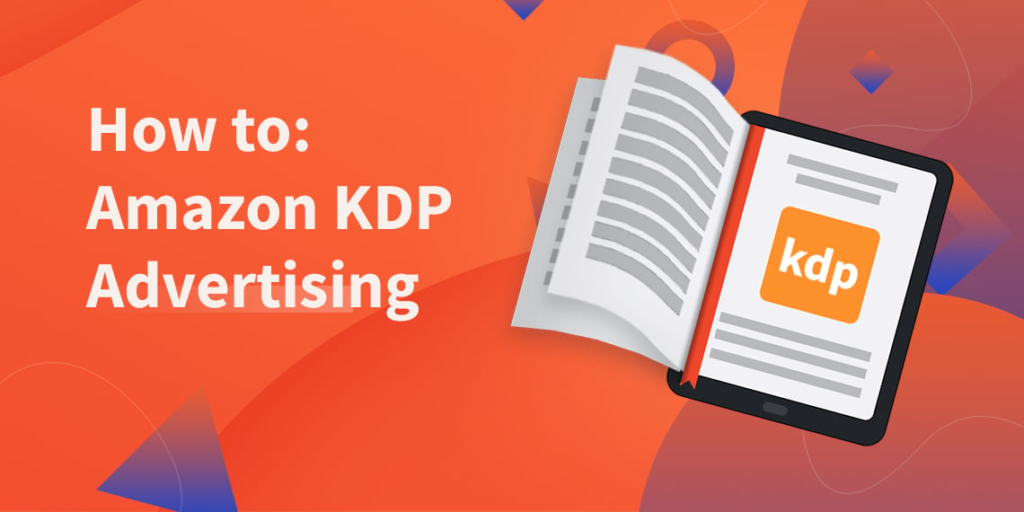Understanding the Role of Keywords in KDP Ads
When it comes to marketing your book on Amazon Kindle Direct Publishing (KDP), keywords can be your best friend. They serve as the digital bridge between your book and the readers searching for content just like yours. Without the right keywords, even the most well-written and beautifully designed books might get lost in the noise.
KDP advertising relies on keywords to help match your book with reader intent. Think of it like a matchmaking service — Amazon uses your selected keywords to introduce your book to readers who are already searching for similar themes, genres, or topics.
Why Keywords Can Make or Break Your Campaign
If you’ve been investing time and money into KDP ads without seeing much return, it’s worth evaluating your keyword strategy. Keywords are not just SEO accessories — they are essential to making your ad campaigns work. Choosing poor or irrelevant keywords means you’re spending your budget showing your book to people who aren’t interested.
Effective keywords help your book appear in the right places, increasing visibility, attracting clicks, and, hopefully, turning browsers into buyers. On the other hand, generic or overly competitive keywords might drain your budget without results.
Getting Started with Keyword Research
To find the right keywords, you don’t need a huge team or expensive tools. Start with what you know about your book. What’s the genre? Who’s your ideal reader? What words would they type into the Amazon search bar?
Use these insights to brainstorm a list of phrases, and then use tools like Amazon’s auto-suggestions, KDP Rocket, or Google Trends to expand and validate your ideas. Keep your list focused on relevance. Sometimes, long-tail keywords and phrases with more than three words — perform better because they are more specific and less competitive.
The Difference Between Manual and Automatic Targeting
Amazon KDP offers two types of keyword targeting: manual and automatic. Each has its place in a well-rounded advertising strategy.
With automatic targeting, Amazon chooses which keywords your ads show up for. This is useful for beginners or for discovering new keyword opportunities. However, you lose some control.
Manual targeting, on the other hand, puts you in charge. You decide which keywords your ads target. This allows for more precision and lets you double down on what works.
A good strategy is to start with automatic targeting, gather data on what keywords perform well, and then use manual targeting to refine and improve your campaign over time.
Matching Types Matter More Than You Think
In Amazon KDP, you can assign keywords using three match types: broad, phrase, and exact.
-
Broad match shows your ad to searches that contain your keywords in any order, with other words.
-
Phrase match narrows it down to searches containing your keywords in order, possibly with other words before or after.
-
Exact match targets users who search for that specific keyword only.
Each type has its pros and cons, and combining them strategically can lead to better visibility and efficient use of your ad spend.
Monitoring and Adjusting Your Campaign
Launching your ad campaign is only the beginning. Monitoring performance is where the real work — and payoff — begins. Watch your click-through rate (CTR), cost-per-click (CPC), and conversion rate. These metrics will tell you how well your keywords are doing.
Pause underperforming keywords and test new ones. Keep an eye on your budget and make changes based on results. KDP advertising is not a “set and forget” process; it’s an evolving strategy that needs consistent attention.
Realistic Expectations: It’s a Marathon, Not a Sprint
Many first-time authors expect instant sales the moment their campaign goes live. Unfortunately, that’s rarely the case. Keyword-driven success in Amazon KDP takes time, data, and adjustments.
Your first campaign is just a starting point. Use it to gather insights. Pay attention to which keywords drive clicks and which ones lead to actual sales. Patience is key here: it can take weeks before you find your sweet spot.
Picking the Right Helper for You
Not every author has the time or skill to fine-tune ad campaigns. That’s where a reliable partner comes in. Our educational firm, British Book Publishing, has supported many authors in navigating the complexities of Amazon ads while also helping them focus on what they love most — writing. Whether you’re just learning how to design a book cover or diving deep into ads, getting help can save you time and boost results.
The Role of Competition in Keyword Selection
In the world of KDP, you’re not the only one targeting popular keywords. High-volume keywords often come with stiff competition, meaning you’ll pay more per click and potentially struggle to stand out.
Instead of going head-to-head with bestselling authors, consider niche keywords that speak directly to your unique audience. You’ll attract more qualified traffic and see better returns on your ad spend.
Connecting Keyword Strategy with Book Positioning
Your ad keywords should reflect your book’s positioning in the market. If you’re promoting a thriller, make sure your keywords are centered around the genre, sub-genre, and themes that matter to thriller readers. If your book is a how-to guide or a personal journey, align your keywords with problem-solving or inspiration-focused search terms.
Positioning your book clearly helps your keywords work better. The stronger the alignment between your book, your ad, and the reader’s search intent, the better your campaign will perform.
Don’t Forget Negative Keywords
Negative keywords are often overlooked, but they’re critical in filtering out unqualified traffic. If your book is about natural remedies, you might want to exclude terms like “pharmaceutical” or “sci-fi” to avoid wasting your ad budget on irrelevant clicks.
Use your campaign reports to identify which search terms are burning your budget without converting, and add them as negative keywords to sharpen your focus.
A Note on International Reach
If you’re running ads outside of the US, localization is key. Keyword behavior changes based on geography and culture. What works for readers in the US may not be as effective in the UK. That’s why understanding terms like Amazon self publishing uk can be critical. Tailor your ads and keywords to speak directly to local audiences for better engagement and results.
Wrapping Up: Keyword Strategy Is an Ongoing Effort
Successful KDP advertising doesn’t come from a one-time setup, it comes from consistent testing, learning, and refining. Keywords are the lifeblood of your Amazon ads. They dictate who sees your book and how well it performs.
The good news is that with a thoughtful strategy and steady commitment, your campaign can move from being invisible to being a powerful discovery tool.
Make keywords your ally, treat data like your compass, and keep adjusting as you grow. The road may be long, but with the right words guiding your way, it’s absolutely worth it.

